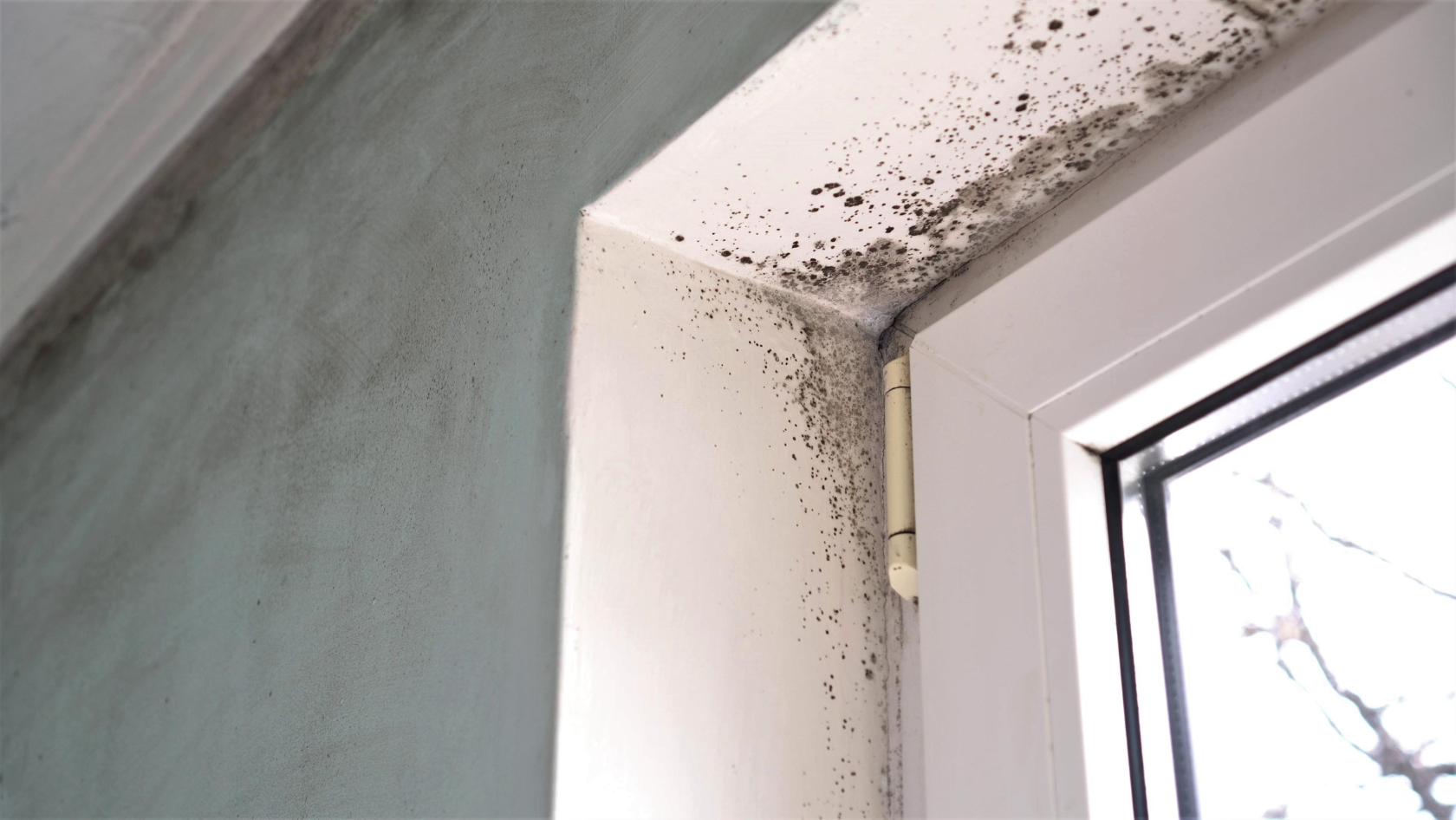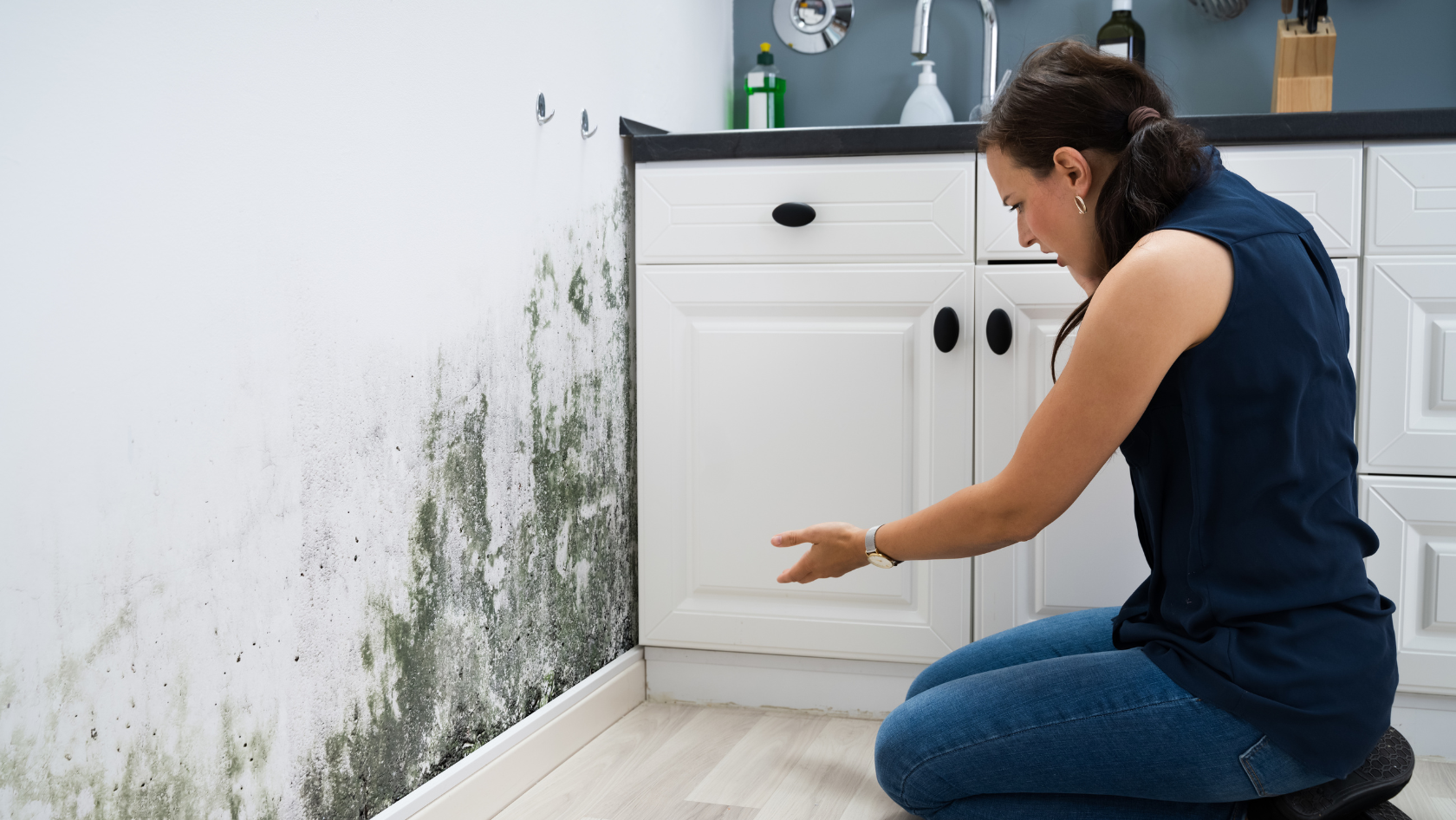Mold is one of the biggest deal killers in Staten Island and South Brooklyn real estate. It shows up in older homes, in basements, in attic spaces and around past leaks. The problem is that most buyers only notice mold when it is already obvious. The smart move is knowing how to recognize early warning signs before the inspector even sets foot in the house.
What Mold Needs to Grow
Mold grows where three things meet: moisture, organic material and poor ventilation. Basements and bathrooms are the usual suspects, but attics are just as common when ventilation is inadequate or an old roof leak went unnoticed.
Early Signs You Can Spot Without Training
Musty odor anywhere in the home, even if you do not see visible growth.
Discolored drywall or paint that looks blotchy or uneven.
Dark spotting around baseboards, window sills, utility rooms or behind stored items.
Staining on attic rafters from past or current moisture.
Condensation on windows or consistently high humidity.
Efflorescence (white mineral deposits) in the basement, which signals water issues that often lead to mold.
Why It Matters in Staten Island and Brooklyn
Homes in coastal areas or older homes with historic construction often have hidden moisture problems. Past storms, aging roofs, old boilers or poor grading can create conditions where mold forms long before anyone notices. Buyers who can identify these signs early gain a major negotiation advantage.
When I walk my clients through homes in 103xx and 11209, 11214 and 11228, I always check the attic sheathing, the basement perimeter and any area with plumbing. That early detection can make the difference between a smooth deal and a costly surprise.
—
Joseph Ranola | Five-Star Staten Island & South Brooklyn Realtor® (30 + Google reviews)
Associate Broker · Matias Real Estate | Founder · Bridge & Boro Team
Serving 103xx and 11209 / 11214 / 11228 | $25 M + closed volume
📞 917-716-1496 | ranolarealestate.com





